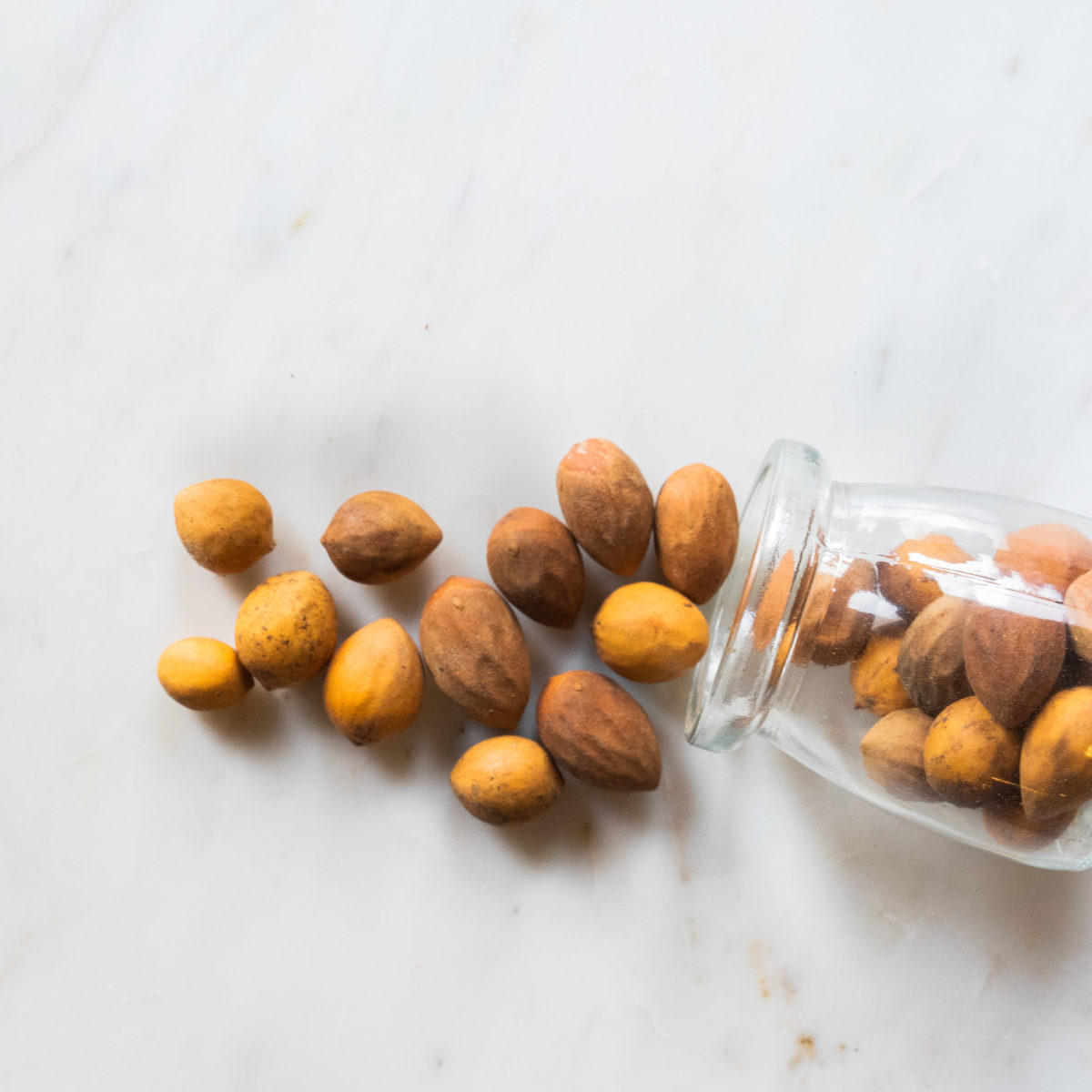
COMMON NAME (Chinese Name)
Chaulmoogra Tree (Dà Fēng Zǐ)
BOTANICAL NAME
Hydnocarpus wightiana anthelmintica
USES
Chaulmoogra tree oil has been somewhat limited in its historical and traditional uses, which have primarily focused on the topical treatment of leprosy and scabies, as well as the control of rheumatic pain and other infectious and/or inflammatory skin diseases. It’s not surprising, then, that recent studies show that chaulmoogra tree extract, supplements, and derivatives — whether taken orally or applied topically — have demonstrable antibacterial and wound-healing properties (which explains the success of chaulmoogra tree oil as a leprosy treatment). Additionally, when taken orally, chaulmoogra tree supplements have antidiabetic, antineoplastic, antioxidant, and hypolipidemic effects. That is, it may lower blood sugar, prevent the formation of certain cancerous tumors, protect cells against aging and damage from exposure to pollution and sunlight, and decrease cholesterol. Extract derived from the leaves of mature chaulmoogra trees has the most notable cholesterol-blocking and antimicrobial effects. The most significant impacts on lowering blood sugar levels come with the oral use of chaulmoogra tree seed hull extracts.
Additionally, extract derived from the seeds of the chaulmoogra tree has remarkable anti-inflammatory and long-duration pain-blocking effects (pain-blocking, not pain-relieving, as it primarily prevents the function of sensory neurons). These analgesic effects are amplified by allowing oil made from extracted seeds to oxidize in (natural or simulated) sunlight over many years (or under accelerated laboratory conditions). This presents a new use for people suffering from both acute and chronic pain conditions, like tendonitis and arthritis.
Da feng zi refers to the seeds of the Hydnocarpus tree. It is classified in Chinese medicine as hot, spicy and toxic and is reputed to go to the Kidney, Liver and Spleen meridians. It is considered a substance for external use only although there is some modern research on internal applications.
PREPARATION & ADMINISTRATION
The most commonly available chaulmoogra tree derivatives include oils and extracts, though some specialty stores also carry powders/pills for oral use under the direction of a trained practitioner. Dosage is extremely low internally at 0.1g internally for leprosy due to its toxicity. Though these derivatives may be drawn independently from the seeds, seed hulls, and leaves of the chaulmoogra tree, the whole seeds are by far the most common components of general-use herbal supplements and extracts.
PRECAUTIONS
Toxic in overdose (over 3g), ingestion or long term use. When ingested it can cause lightheadedness, fever, abdominal pain, vomiting and abdominal pain and may lead to nephritis, proteinuria and hemolytic anemia. Topical application is generally well-tolerated, and there is little information available about the potential for allergic reactions. You should not take it orally unless under the care of a trained practitioner.
You should consult with a certified herbalist, physician or other qualified healthcare professional before taking Chaulmoogra.
REFERENCES
Chen, John, Chen, T & Cramton, L.Chinese Medical Herbology and Pharmacology Art of Medicine Press, Inc. City of Industry, CA USA. 2003. 1327 pp ISBN: 0-9740635-0-9 , http://aompress.com/herbology
Hempen, Carl-Hermann, and Toni Fischer. A Materia Medica for Chinese Medicine Plants, Minerals and Animal Products. Elsevier Churchill Livingstone, 2009.
Kishan, K G, et al. “A Review on Hydnocarpus Wightiana.” Research Journal of Pharmacology and Pharmacodynamics, vol. 8, no. 4, 2016, p. 168., doi:10.5958/2321-5836.2016.00030.6.
Kumar. “A REVIEW ON PHARMACOLOGICAL ACTIVITY OF HYDNOCARPUS WIGHTIANA.” World Journal of Pharmaceutical Research , vol. 4, no. 8, 2015, pp. 605–610.
K.V., George & David, Teny. (2014). HPTLC Analysis of the Leaf Extract of Hydnocarpus macrocarpa (Beddome) Warb. Journal of Pharmacogonosy and Phytochemistry. 3. 43-51.
Pergolizzi, Joseph V., et al. “Preliminary Observations of a Novel Topical Oil with Analgesic Properties for Treatment of Acute and Chronic Pain Syndromes.” Pain Practice, vol. 10, no. 3, Mar. 2010, pp. 201–213., doi:10.1111/j.1533-2500.2009.00350.x.
Raffa, R. B., and J. V. Pergolizzi Jr. “Deciphering the Mechanism(s) of Action of Natural Products: Analgesic Peroxide Oil as Example.” Journal of Clinical Pharmacy and Therapeutics, vol. 36, no. 3, 2010, pp. 283–298., doi:10.1111/j.1365-2710.2010.01190.x.
Shetty, Akhilaj, et al. “Effect of the Insulin Plant (Costus Igneus) Leaves on Dexamethasone-Induced Hyperglycemia.” International Journal of Ayurveda Research, vol. 1, no. 2, 2010, p. 100., doi:10.4103/0974-7788.64396.
